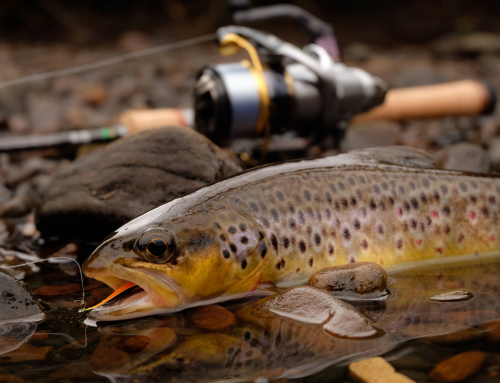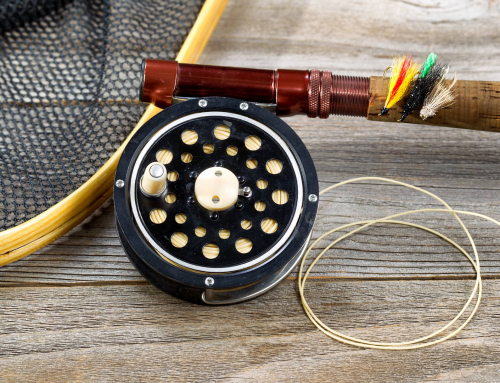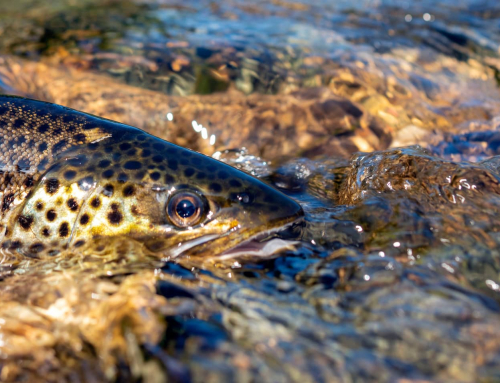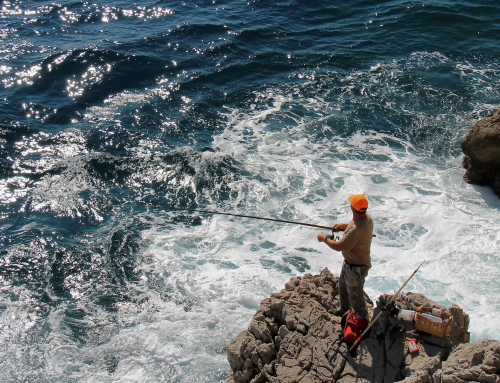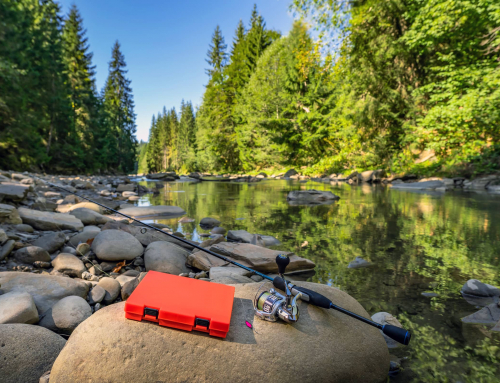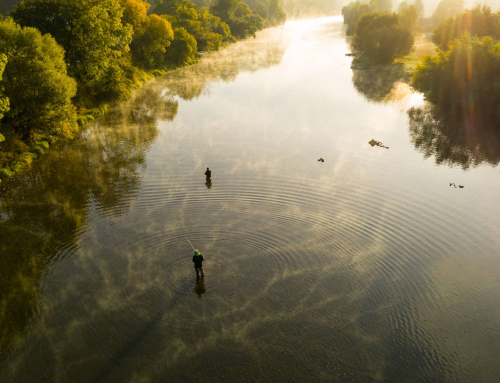We may earn money or products from the companies mentioned in this post at no additional cost to you.
Do I really need to bring my whole fly collection every time I go fishing?
You’ve got all your equipment laid out and ready for the big day on a new spot, but there’s one problem – how many flies should you be packing? Getting your equipment set up the right way helps to ensure a productive day on the water, but that equipment could involve hundreds of flies. There’s no sense in bringing every fly you own (or is there?)
Let’s learn the simple answer to how many flies should I bring fly fishing as well as questions you can ask to calculate the inventory on your next trip. While there’s no concrete answer to this question like 10 or 100 flies – there are ways to figure things out.
The Simple Answer
How many flies you should bring is a loaded question, but the answer is always the same no matter where you’re fishing or what you’re fishing for – the right amount is however many you need to have a productive day of fishing. We know that’s a non-answer so let’s investigate the different factors to keep in mind for your unique fishing situation.
Where are You Fishing?
Are you fishing a shallow creek and want your flies to stay on top of the water or do you need wet flies and nymphs to get below the surface? Knowing where you’re fishing, and therefore what type of angling you’ll be doing, makes a big difference in choosing the right flies to bring on your trip. Match your flies to your surroundings, and you’ll always bring the right amount.
Which Species are You After?
Is your tackle pack or fly-carrier loaded with salmon ties but you’re fishing for trout? Most fly fishers have a certain species or type of fish they intend to target before heading out on the river. If you know what you’re targeting, there’s no sense in bringing flies the targeted species won’t touch. One of the easiest divides is saltwater vs. freshwater flies. If you are targeting saltwater species, it makes no sense to bring freshwater flies along and vice versa.
Paring Down
It’s easy to get carried away when you’re buying flies. All those flies and setups look so pretty – how can you choose just one? Eventually most fly-fishers become oversaturated with flies even though many never touch the water. Most fisherman would rather die than pare down their collection, but if you want to decrease your options down, there’s an easy trick. Separate your flies into ‘useful’ and ‘never used.’ If you haven’t used a fly in your ‘never used’ pile after a couple fishing seasons, there’s a good chance you won’t need it moving forward and can sell it or give it away.
Separating and Organizing Your Flies
Instead of pouring over different cases and boxes of flies before your trip you should and separate and organize. This could be as simple as organizing them into wet flies, dry flies, and streamers, or you could get creative and make a box specifically for rainbow trout or a fly box specifically for saltwater. By organizing your flies beforehand, you only have to grab the appropriate boxes instead of picking through every option.
Bringing Everything
The good news is most (freshwater) flies are small, light, and compact. You can fill a few boxes with dozens of different flies, and you’re still only carrying a few pounds of equipment. If you intend to fish out of the back of your pickup or have boat storage where you can stash your flies – bring them all. It’s not normally sensible or any more effective to bring all your flies but if it doesn’t burden you and it’s less of a hassle than picking and choosing – why not?
Talk to the Locals
Have you never fished a certain body of water before? Talk to someone who has. Local knowledge is key during fishing. They can let you know what they caught using which fly or which flies are bangs and busts to help you decide what you need before going. You can always go online for more local knowledge or visit a local fly-fishing shop.
How Many Again?
In the end, the right number of flies is whatever it takes to have a great day on the water. This could be one fly or dozens depending on your situation. Before hitting the water think about where you’re fishing, what you’re fishing for, and other factors to pare down your options and bring the right amount. If you’re in doubt and have the option – bring them all. It can be hard to pick out the perfect fly but giving yourself the right assortment and options will help you nail the fish without carrying too much.
